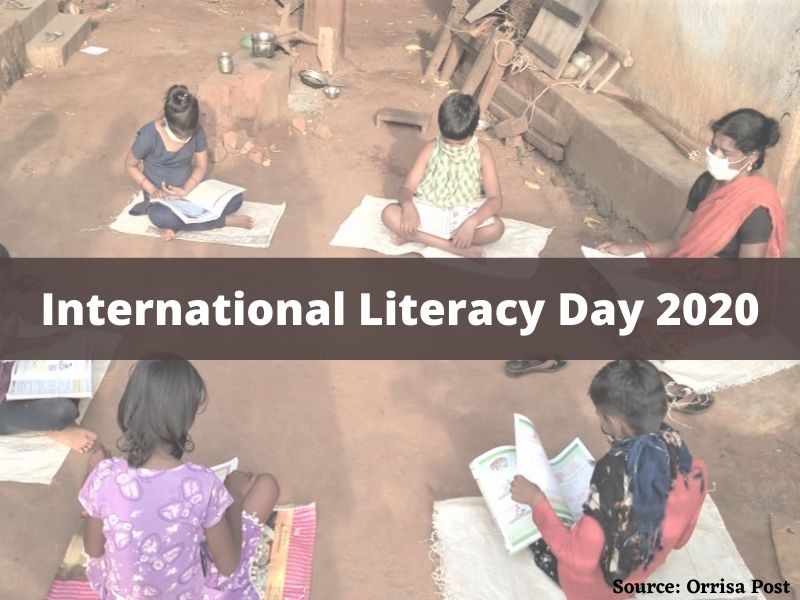Observed on September 8, International Literacy Day 2020 focuses on “Literacy teaching and learning in the COVID-19 crisis and beyond,” with special emphasis on the role of educators and changing pedagogies. According to the United Nations, the theme highlights literacy learning in a lifelong learning perspective, and therefore, mainly focuses on youth and adults. The recent Covid-19 crisis has has negatively impacted the learning of youth and adults, who have low or no literacy skills.
The impact of the COVID-19 crisis on youth and adult literacy educators and teaching and learning has been huge. Accordingto savethechildren.net, the Covid-19 pandemic has led to unprecedented levels of disruption to education, impacting over 90 percent of the world’s student population, which accounts for 1.54 billion children, including 743 million girls
With the mass shutdown of educational institutions in India, we have witnessed a huge surge in the adoption of digital technologies to sustain learning. However, this overdue and welcome revolution in teaching-learning comes with its own set of challenges. Let’s look at some of them:
- According to the National Sample Survey, as a part of the Survey on Education (2014), only 27 percent of households in India have access to the Internet.
- Further, the survey stated that only about 12.5 percent of the households with school or college going children have Internet access at home.
- Only 47 percent of the households who have some access to the Internet own a computing device (including a smartphone).
- While 51 percent of rural households in Kerala have access to the Internet, only 23 percent of rural households have access at home.
- In Andhra Pradesh, 30 percent of rural households have access to the Internet.
- According to a survey conducted by the Telangana State United Teachers’ Federation (TSUTF) on online classes, about 39.6 percent families in the state do not have smartphones. One smartphone was available for 48.9 percent families and only 7.4 per cent families have two smartphones for two children.
- In West Bengal and Bihar, which have a large number of migrant students, only 7-8 percent of rural households have any access to internet. Only 18 percent (in Bihar) and 21 percent (in WB) of urban households have access to internet at home.
- Around 85 percent of children who belong to urban households and study in universities have access to the Internet. Among them, only 41 percent are likely to have Internet access at home.
- Only 28 percent of university students from rural households have Internet access at home.
- According to a survey conducted by the National Council of Educational Research and Training (NCERT) on school education during the time of coronavirus, about 80-90 percent of older students in Central government schools said they use mobiles rather than laptops to access digital schooling.
- According to the NCERT survey, almost 30 percent students have absent or intermittent electricity connections which hinders their learning, and half the students said they did not even have access to their textbooks.
Read: Media Education: Youth, learning and literacy
Also read: NGO’s take online teaching to rural children
Also read: More than 80% of students depend on mobiles for learning: NCERT survey
Posted in International, News



























